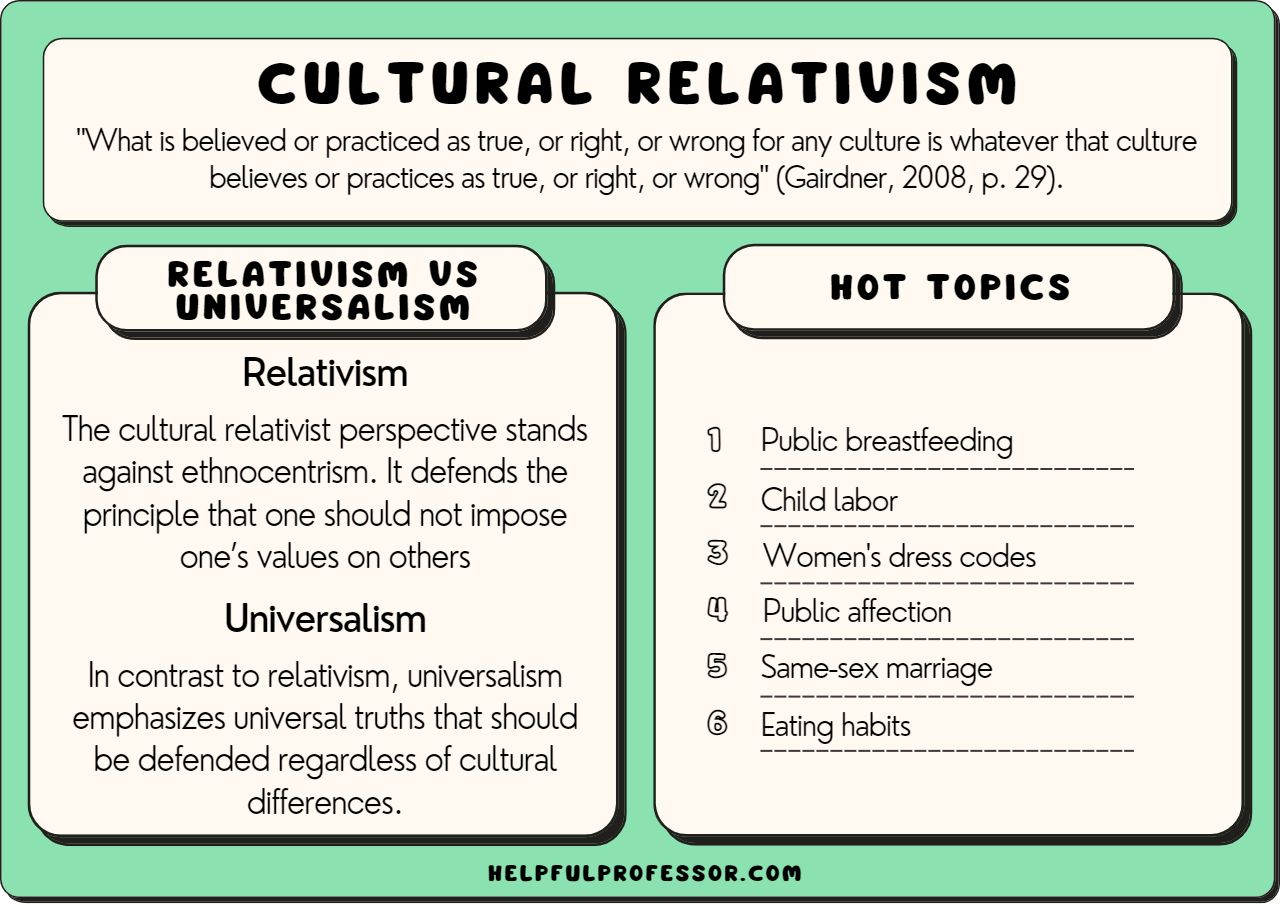Moral relativism, a concept that has sparked extensive debate across philosophical, sociocultural, and political arenas, is underpinned by the premise that moral judgments are not universally applicable but rather shaped by cultural, societal, and personal contexts. This intricate and profound idea often finds visual representation in images that resonate with its multifaceted nature. The fascination with these images stems from deeper observations about human morality and the varying frameworks within which societies operate.
One of the most arresting representations of moral relativism can be found in photographs illustrating diverse cultural practices. Consider, for instance, a vibrant festival in India contrasted against a solemn ceremony in a Western country. The juxtaposition of these scenes reveals a pivotal observation: the same action—celebration—can carry disproportionately different moral implications depending on one’s cultural lens. Such imagery not only highlights the variegated expressions of humanity but also nudges viewers to reflect on their own moral compass and the socio-cultural fabric that influences it.
Moreover, the depiction of conflict offers a profound commentary on moral relativism. Images of protests, such as those advocating for civil rights or environmental preservation, often encapsulate the passionate clash of moral perspectives. These visual documents pose an intriguing conundrum: what is deemed ‘moral’ in one context might be regarded as ‘immoral’ in another. This inconsistency underlines the argument that morality is not an absolute construct but rather a collection of negotiated truths, shaped by historical contingencies and cultural rituals.
One compelling illustration of moral relativism occurs within the context of global environmental activism. The stark contrast between industrialized nations and developing countries is often epitomized in images showcasing pollution-laden cities alongside lush, untouched landscapes. This disparity engenders a moral discourse on environmental responsibility and economic development. While one might argue that industrialized nations hold the moral obligation to mitigate climate change due to their historical contributions to carbon emissions, proponents from developing nations may contend that their immediate priority is economic growth. This scenario encapsulates the essence of moral relativism and serves as a graphic reminder of the tangled moral web that emerges when different cultures confront shared global challenges.
Additionally, the visual representation of indigenous practices juxtaposed with Western methodologies poignantly captures the complex interplay of moral frameworks. Photographs of indigenous peoples engaging in traditional ecological knowledge, such as sustainable farming techniques or harmonious living with nature, challenge the dominantly Western notion of progress, often symbolized by technological advancement and industrialization. This visual contrast raises critical questions regarding morality: whose moral framework governs environmental stewardship? When ancient practices clash with modern methodologies, the resultant discourse is a fertile ground for examining moral relativism.
Furthermore, the portrayal of various legal systems across cultures underscores moral relativism’s implications in the realm of justice. Images depicting courtrooms in different countries reveal not only the structural differences in legal systems but also the philosophical underpinnings of justice itself. In some cultures, restorative justice—the emphasis on repairing harm through reconciliation—contrasts sharply with punitive models prevalent in others. This divergence in approach speaks volumes about how moral judgments are shaped by societal values and historical trajectories. The disparities in how justice is administered globally open a window into the broader dialogue on moral relativism.
The complexity of moral relativism is also illustrated through images addressing contemporary social issues, such as gender equality and LGBTQ+ rights. Photographs capturing demonstrations advocating for these rights in various cultural contexts reveal how deeply ingrained moral beliefs are often challenged. In some patriarchal societies, traditional roles are staunchly upheld, while in others, progress towards equality is fervently pursued. These images serve as a testament to the dynamic nature of morality, reflecting the continual evolution of societal norms and the struggles inherent in such transformations.
Another critical facet is the visual representation of familial and social structures across different cultures. Images showcasing diverse family dynamics—ranging from nuclear families to extended kinship networks—evoke reflections on moral relativism in the realm of personal relationships. The moral implications of familial roles, responsibilities, and rights vary significantly, shaped by cultural narratives and societal expectations. This diversity serves as a microcosm for broader ethical inquiries: what constitutes a moral family structure? How do varying definitions of familial obligation shape individual behavior?
Lastly, the phenomenon of globalization further complicates discussions surrounding moral relativism. The proliferation of images representing multinational corporations’ impact on local cultures reveals an unsettling moral dichotomy. While globalization can foster economic growth and cultural exchange, it can also engender cultural homogenization and ethical dilemmas regarding labor practices. Images depicting these contrasting realities prompt viewers to grapple with the moral implications of their consumer choices in a globalized marketplace.
In conclusion, images related to moral relativism encapsulate a fundamental observation about cultural diversity and moral frameworks. They provide a powerful lens through which to explore the intricacies of human experience. By examining these visual representations, individuals can gain a deeper understanding of the relativity of morality, encouraging nuanced discussions that transcend simplistic binaries. The unfurling tapestry of human morality, illustrated through multifarious images, invites an ongoing exploration of how context shapes ethical beliefs, a journey that remains essential in understanding our interconnected world.
